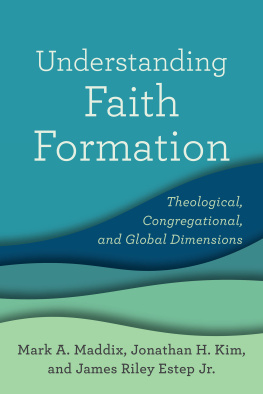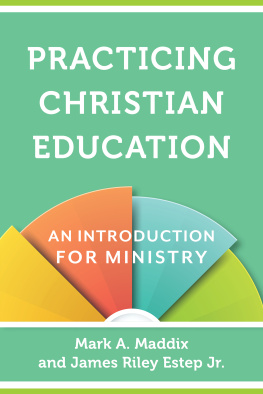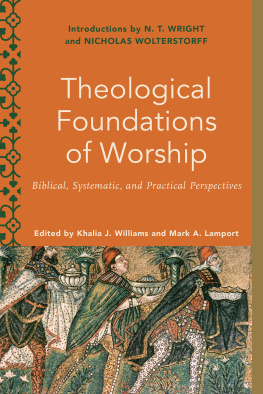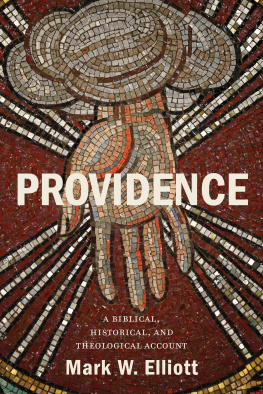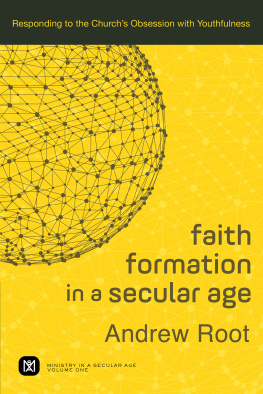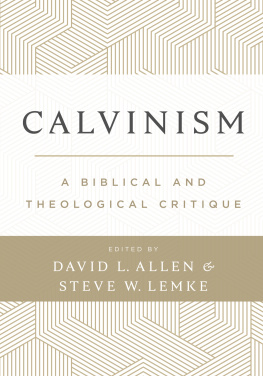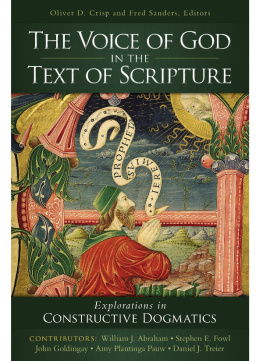Mark A. Maddix - Understanding Faith Formation: Theological, Congregational, and Global Dimensions
Here you can read online Mark A. Maddix - Understanding Faith Formation: Theological, Congregational, and Global Dimensions full text of the book (entire story) in english for free. Download pdf and epub, get meaning, cover and reviews about this ebook. year: 2020, publisher: Baker Publishing Group, genre: Religion. Description of the work, (preface) as well as reviews are available. Best literature library LitArk.com created for fans of good reading and offers a wide selection of genres:
Romance novel
Science fiction
Adventure
Detective
Science
History
Home and family
Prose
Art
Politics
Computer
Non-fiction
Religion
Business
Children
Humor
Choose a favorite category and find really read worthwhile books. Enjoy immersion in the world of imagination, feel the emotions of the characters or learn something new for yourself, make an fascinating discovery.
- Book:Understanding Faith Formation: Theological, Congregational, and Global Dimensions
- Author:
- Publisher:Baker Publishing Group
- Genre:
- Year:2020
- Rating:3 / 5
- Favourites:Add to favourites
- Your mark:
- 60
- 1
- 2
- 3
- 4
- 5
Understanding Faith Formation: Theological, Congregational, and Global Dimensions: summary, description and annotation
We offer to read an annotation, description, summary or preface (depends on what the author of the book "Understanding Faith Formation: Theological, Congregational, and Global Dimensions" wrote himself). If you haven't found the necessary information about the book — write in the comments, we will try to find it.
Mark A. Maddix: author's other books
Who wrote Understanding Faith Formation: Theological, Congregational, and Global Dimensions? Find out the surname, the name of the author of the book and a list of all author's works by series.
Understanding Faith Formation: Theological, Congregational, and Global Dimensions — read online for free the complete book (whole text) full work
Below is the text of the book, divided by pages. System saving the place of the last page read, allows you to conveniently read the book "Understanding Faith Formation: Theological, Congregational, and Global Dimensions" online for free, without having to search again every time where you left off. Put a bookmark, and you can go to the page where you finished reading at any time.
Font size:
Interval:
Bookmark:
2020 by Mark A. Maddix, Jonathan H. Kim, and James Riley Estep Jr.
Published by Baker Academic
a division of Baker Publishing Group
PO Box 6287, Grand Rapids, MI 49516-6287
www.bakeracademic.com
Ebook edition created 2020
All rights reserved. No part of this publication may be reproduced, stored in a retrieval system, or transmitted in any form or by any meansfor example, electronic, photocopy, recordingwithout the prior written permission of the publisher. The only exception is brief quotations in printed reviews.
Library of Congress Cataloging-in-Publication Data is on file at the Library of Congress, Washington, DC.
ISBN 978-1-4934-2729-1
Unless otherwise indicated, Scripture quotations are from The Holy Bible, English Standard Version (ESV), copyright 2001 by Crossway, a publishing ministry of Good News Publishers. Used by permission. All rights reserved. ESV Text Edition: 2016. Any italics have been added by the authors for emphasis.
Scripture quotations labeled NRSV are from the New Revised Standard Version of the Bible, copyright 1989 National Council of the Churches of Christ in the United States of America. Used by permission. All rights reserved.
Cover
Half Title Page
Title Page
Copyright Page
Introduction: Dimensions of Faith Formation
Part 1: Theological Dimensions of Faith Formation
1. Faith Formation in the Bible
2. Faith Formation in the Christian Tradition
3. Faith Formation Theory Revised
4. A Critique of Faith Development Theory
Part 2: Congregational Dimensions of Faith Formation
5. Cultural Challenges to Faith Formation
6. Faith Formation in Community
7. The Role of Scripture in Faith Formation
Part 3: Global Dimensions of Faith Formation
8. Forming Faith through Missions
9. Faith Formation in Multiethnic Contexts
10. Faith Formation in Global Contexts
Notes
Index
Back Cover
Dimensions of Faith Formation
A s you pick up this book, you might be wondering, Why another book on faith formation? Hasnt enough already been written about this topic? If you are asking these questions, you are not alone. As authors, we raised the same questions when contemplating writing this book. We acknowledge that significant work has been done in this area, particularly since the rediscovery of ancient spiritual formation practices. The surge of literature on spiritual formation has brought it to the mainstream of the church. We also recognize that James Fowlers Stages of Faith was written over four decades ago and has since received significant praise and criticism in the literature. Fowlers influence on the field is unparalleled and has provided significant research in how persons develop faith. Both progressive and conservative scholars have provided ample research building on Fowlers theory to advance the discussion of faith formation.
Yet at the same time, we recognize that religiosity and faith development are in decline in the North American Christian context, particularly when it comes to church attendance and participation in Christian practices. The growth of the nones, those who have no religious faith, is affecting how faith is being expressed in our context. Religious apathy reflected as Moral Therapeutic Deism and a lack of biblical literacy have resulted in a recipe for frustration and concern among Christian faith communities. The church has good reason to be concerned about the next generations faith formation.
In light of these concerns, we believe that a book on faith formation is needed to address the theological, congregational, and global dimensions of faith formation. As authors, we are well versed in the literature of faith formation and believe that a book on faith formation can help educators, pastors, and church leaders understand and practice their faith more deeply. We also believe that there is a great desire among Christians to embrace new avenues of spiritual growth and development, particularly in the midst of a culturally diverse world.
Book Content and Design
This book, titled Understanding Faith Formation: Theological, Congregational, and Global Dimensions , is an attempt to develop an integrated and holistic approach to faith formation that has a strong biblical and theological core. We use the term dimensions , a mathematical term that means to give dimensions and properties to an area. Faith requires certain properties necessary for its formation. Our dimensions of theological, congregational, and global are three interwoven dimensions that work together to provide Christians with a framework for faith formation. All dimensions are necessary, and when one aspect is neglected, it hinders a persons growth. Figure 1 provides an illustration of how these three dimensions work together.

The book is divided into three parts. Part 1 focuses on the theological dimensions of faith formation . Chapter 1 defines and traces the meaning of faith through the Old and New Testaments. Chapter 2 reviews faith formation from the perspectives of the major movements in Christian tradition. Chapter 3 summarizes James Fowlers theory of faith development and the development of an evangelical view of faith formation. Chapter 4 provides a critique and the limitations of Fowlers theory based on content, structuralism, gender, and diversity.
Part 2 focuses on the congregational dimensions of faith formation . Chapter 5 explores the cultural challenges to faith formation, including biblical illiteracy, Moral Therapeutic Deism, and the rise of the nones. Chapter 6 illustrates the role that congregations play in forming faith through their rituals and practices. Particular attention is given to faith formation through worship, fellowship, preaching, mission and service, and justice. Chapter 7 focuses on viewing Scripture less as information and more as formation . The thesis is that Scripture was given to the church as a means to form persons into Christlikeness.
Part 3 focuses on the global dimensions of faith formation . Chapter 8 illustrates the powerful transformation that takes place as people engage in cross-cultural mission trips. As people engage in cross-cultural experiences, they experience disequilibration that results in learning and growth. Chapter 9 focuses on the multiethnic and multicultural dimensions of the diversity of the kingdom of God, noting that cultural context is critical in understanding faith formation. Chapter 10 provides an understanding of faith formation outside North America by focusing on faith formation in global contexts.
Discussion questions and suggestions for further reading are provided at the end of each chapter so that the book can be used in an academic classroom, Sunday school class, or small group. The book is designed to help people engage in conversation about matters of faith and how faith is formed in a persons life. We hope this isnt just an academic exercise but a resource to help people grow in their Christian faith.
Case Study
One way to illustrate the theological, congregational, and global dimensions of faith formation is through a case study. Janet is a white female who is in her forties and has been a person of faith for many years. As Janet studies the Bible with other Christians and learns more about a biblical understanding of faith as expressed in Scripture, her faith is being developed through the theological dimension . As she participates in the regular rhythms and patterns of worship as an active member of her local church, her faith is being developed through the congregational dimension . And because Janet is part of a congregation that consists of people from a variety of ethnic contexts, her faith is being developed through the global dimension . How she grows in her faith may be very different from how believers from different ethnic contexts grow in their faith, and she will need to own her own biases and limitations in order to understand more fully the diversity of the kingdom of God.
Font size:
Interval:
Bookmark:
Similar books «Understanding Faith Formation: Theological, Congregational, and Global Dimensions»
Look at similar books to Understanding Faith Formation: Theological, Congregational, and Global Dimensions. We have selected literature similar in name and meaning in the hope of providing readers with more options to find new, interesting, not yet read works.
Discussion, reviews of the book Understanding Faith Formation: Theological, Congregational, and Global Dimensions and just readers' own opinions. Leave your comments, write what you think about the work, its meaning or the main characters. Specify what exactly you liked and what you didn't like, and why you think so.

